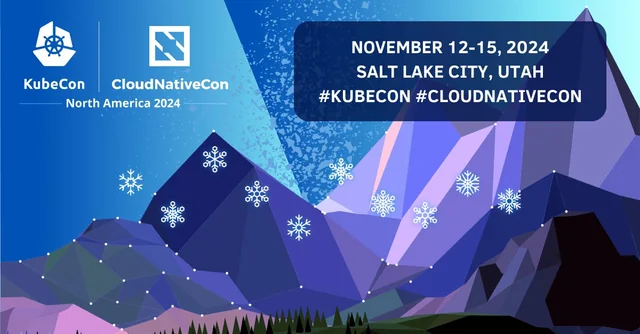Cross-posted from the wasmCloud blog.
Engineering @ Cosmonic
Introducing pluggable PostgreSQL access for your wasmCloud apps
Cross-posted from the wasmCloud blog.
With wasmCloud, you can build applications out of WebAssembly components and pluggable, reusable capabilities, so you can focus on the core logic of your application and abstract away the rest, all using open source standards.
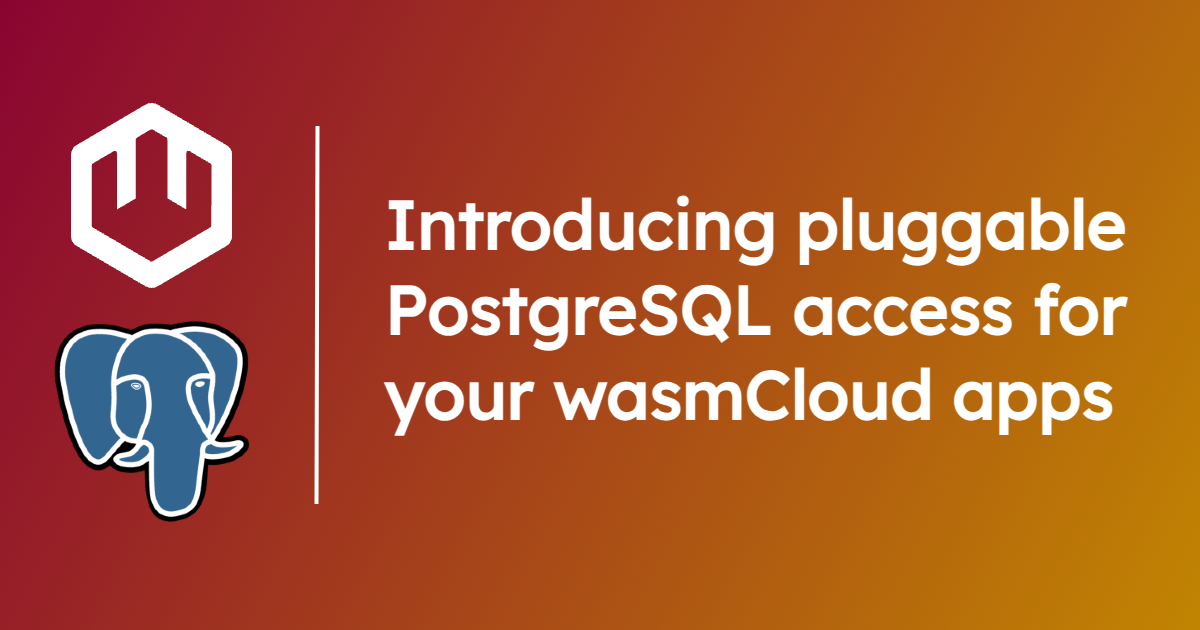
Build native WebAssembly components with .NET and C#—and deploy on wasmCloud
Cross-posted from the wasmCloud blog.
Building WebAssembly components in .NET/C# is easier than ever before. In this post, we'll take a look at the landscape of .NET tooling for components, explore how to get started today, and find out how easy it is to compile .NET/C# code to a component and run it on wasmCloud.

wasmCloud 1.2: Improved streams, automatic config updates for providers, and more
Cross-posted from the wasmCloud blog.
wasmCloud 1.2 officially closes out the remaining issues from the Q2 Roadmap! This is the first release since we adopted our new, accelerated release cadence, so expect to see some great changes—but not quite as many as wasmCloud 1.1.
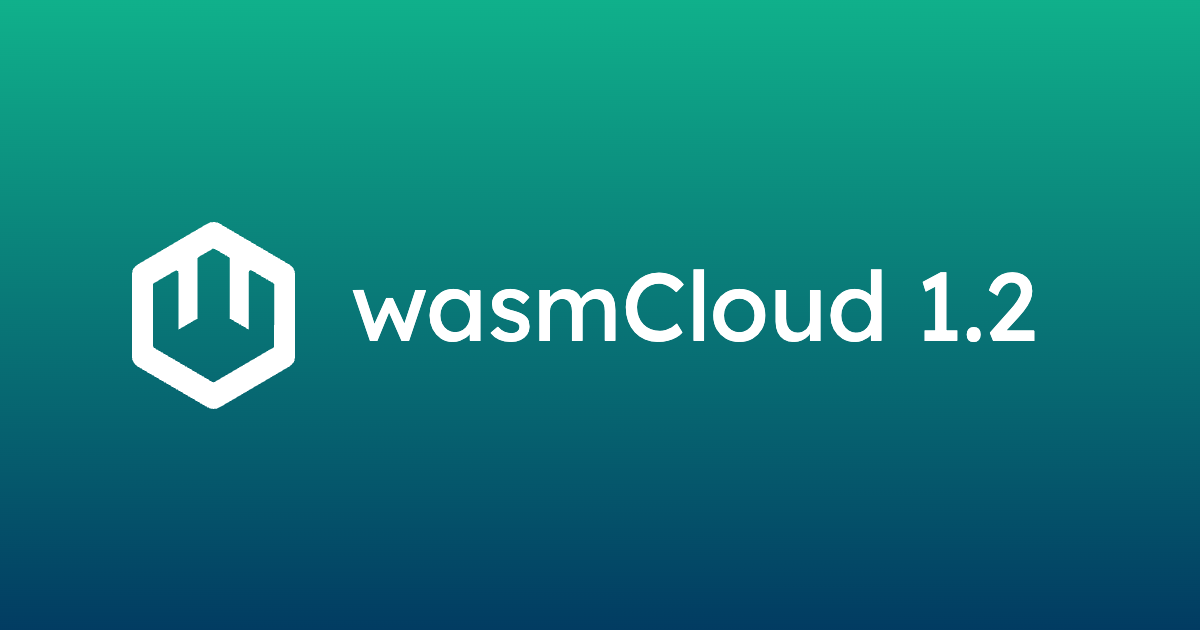
wasmCloud 1.1 brings secrets support and more enhancements for enterprises
Cross-posted from the wasmCloud blog.
We're proud to announce the release of wasmCloud 1.1, including the feature most commonly requested by users: secrets support. In addition to secrets, the new release brings along a bevy of enhancements for enterprises, exciting new capabilities like Postgres, and first-class support for Go-based custom capability providers. Let's take a look at some of the highlights.
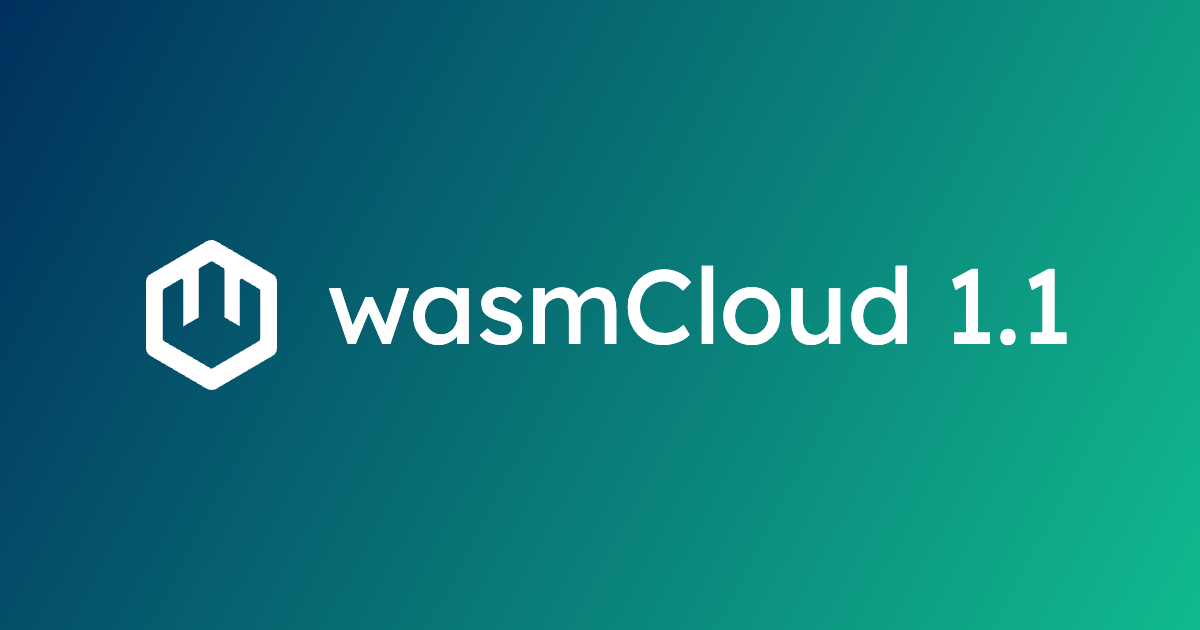
How to run WebAssembly components on Kubernetes with wasmCloud
Cross-posted from the wasmCloud blog.
WebAssembly components are made for cloud native environments:
- As WebAssembly binaries, components are truly agnostic to OS and architecture.
- Teams can compile components from their language of choice, then combine and interoperate—across languages—with other components via standard APIs. It's like building blocks.
- Components are orders of magnitude more efficient than containers, setting the stage for major cost, speed, and sustainability improvements.
With components, teams can write code in the language of their choice and run it anywhere...including in places where even containers are impractical. If your organization is already using Kubernetes, it's easy to run components on your clusters with wasmCloud. In fact, wasmCloud can help you extend Kubernetes to tackle traditional challenge areas like multi-cloud and edge.
In this tutorial, you'll learn how to get started running WebAssembly components on Kubernetes in three simple steps. The whole process should only take about five minutes.
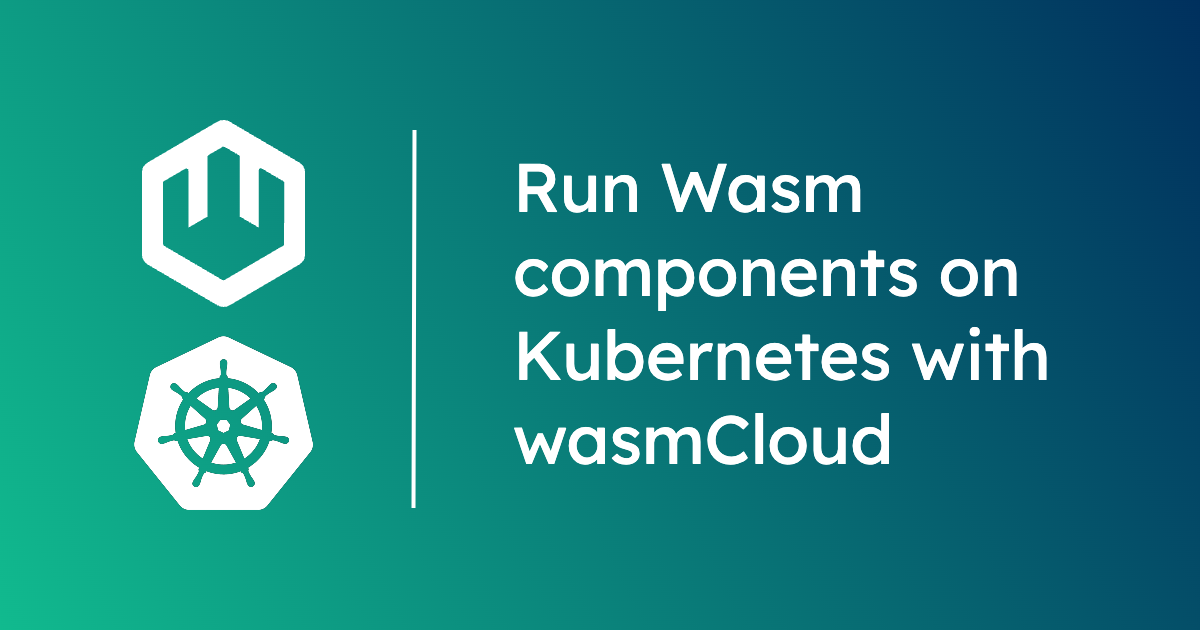
How to virtualize WebAssembly components with WASI Virt
Cross-posted from the wasmCloud blog.
Suppose you're developing an application as a WebAssembly component, and you need access to environment variables—but your app will run in an environment where this is impossible. What do you do? The WebAssembly ecosystem provides a powerful command-line tool for this and similar use-cases called WASI Virt, enabling you to encapsulate components within other components and abstract away requirements, or otherwise consolidate your application.
In this blog, we'll explore how component virtualization works, when you might want to use WASI Virt, and how to get started.
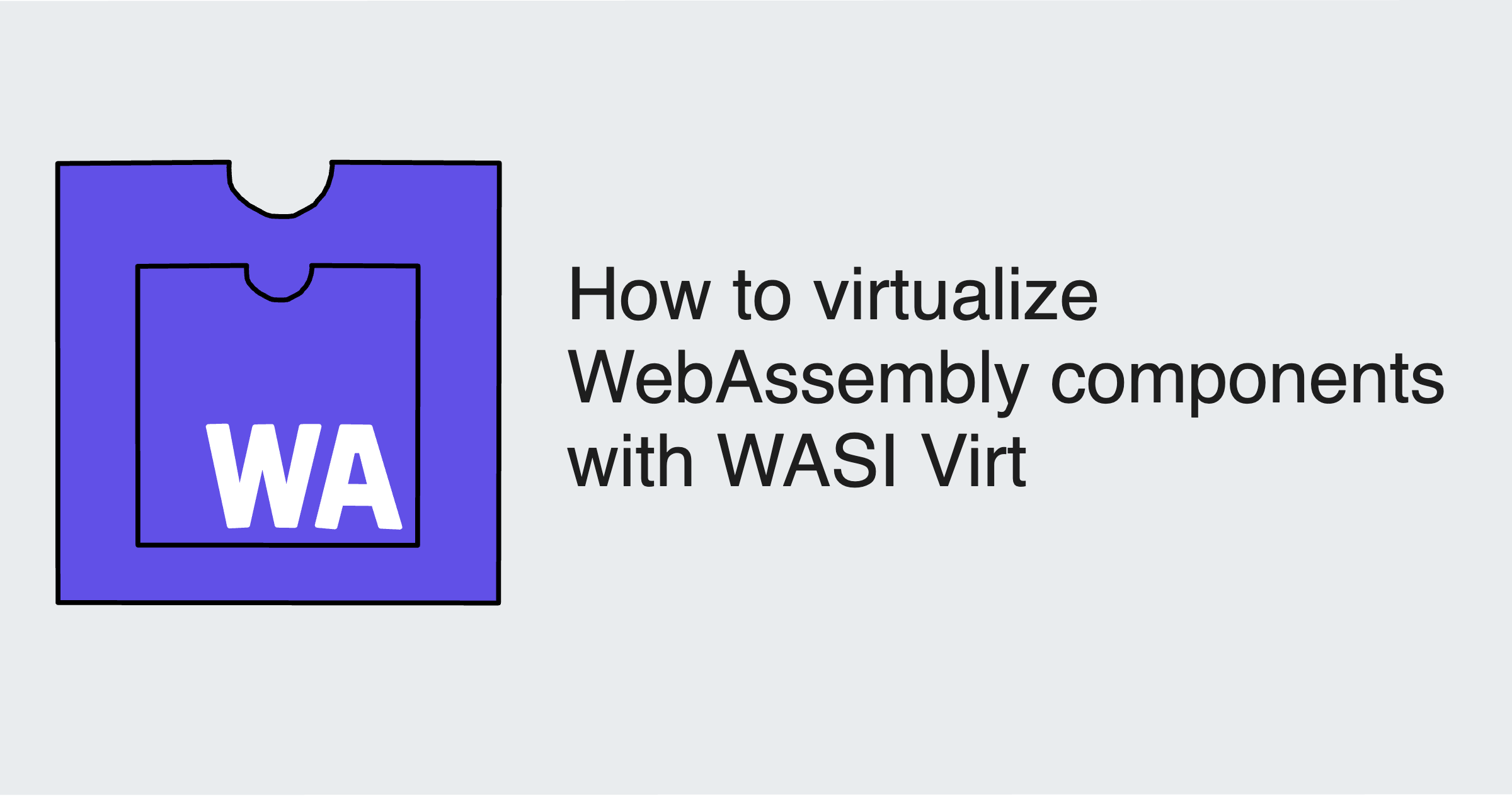
Compile Go directly to WebAssembly components with TinyGo and WASI P2
Cross-posted from the wasmCloud blog.
It's a milestone day for Gophers and WebAssembly: the wasi-preview-2 feature branch of TinyGo has landed in TinyGo's dev branch, bringing WASI P2 support to TinyGo! Now developers can write idiomatic Go code and compile to the wasip2 target, creating Go-based WebAssembly components straight from the TinyGo CLI. From there, components can run anywhere that supports WASI P2, with all of the portability, interoperability, and composability that WebAssembly components bring to bear.
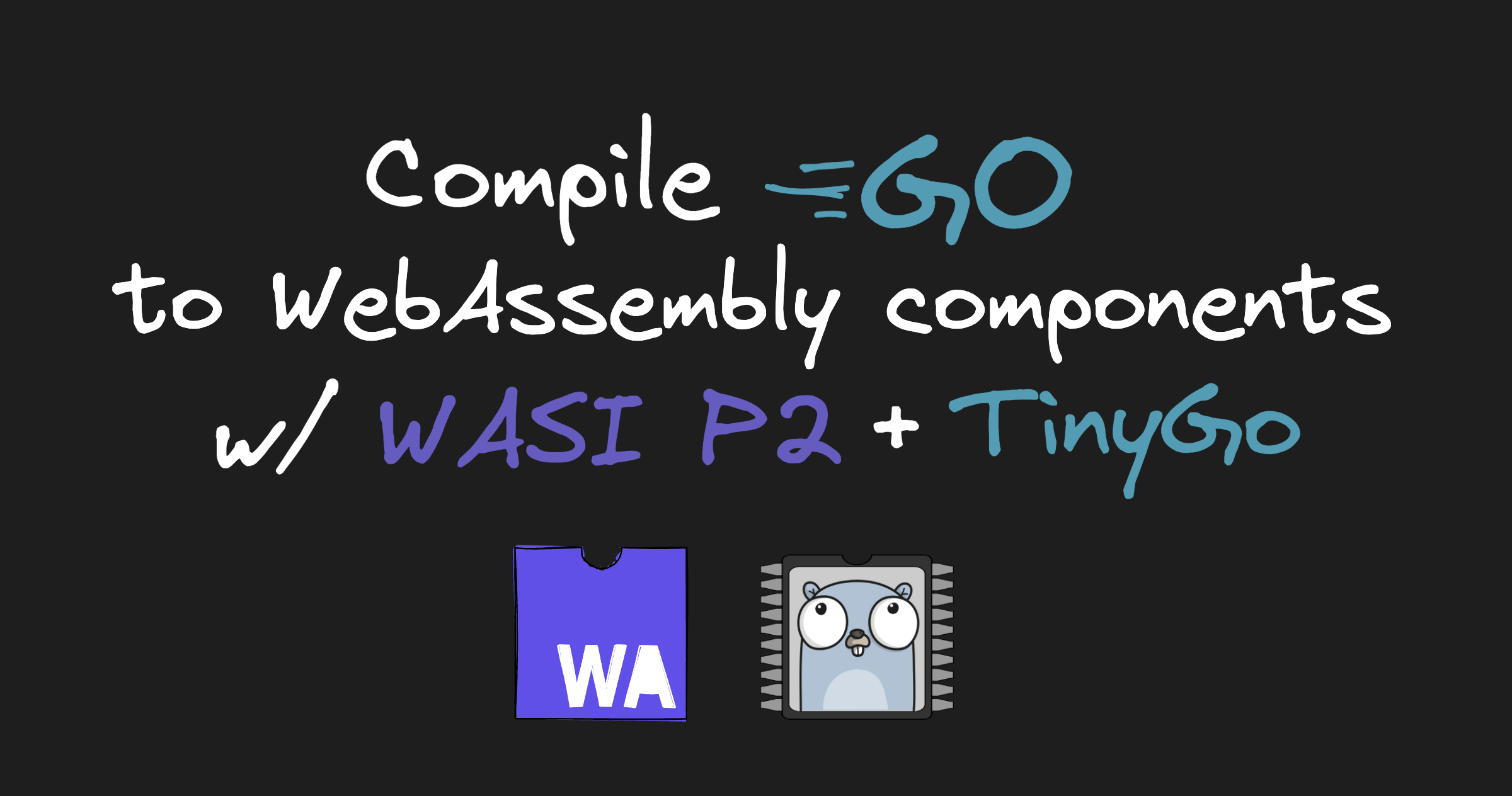
Create custom providers in Go with the Go Provider SDK
Cross-posted from the wasmCloud blog.
Our recent update to the Go Provider SDK brings the library up-to-date for wasmCloud 1.0, making it possible for Gophers to build custom wasmCloud capability providers that communicate with components over WebAssembly Interface Type (WIT) interfaces. In this post, we'll explore how you can get started writing wasmCloud 1.0 providers in Go.
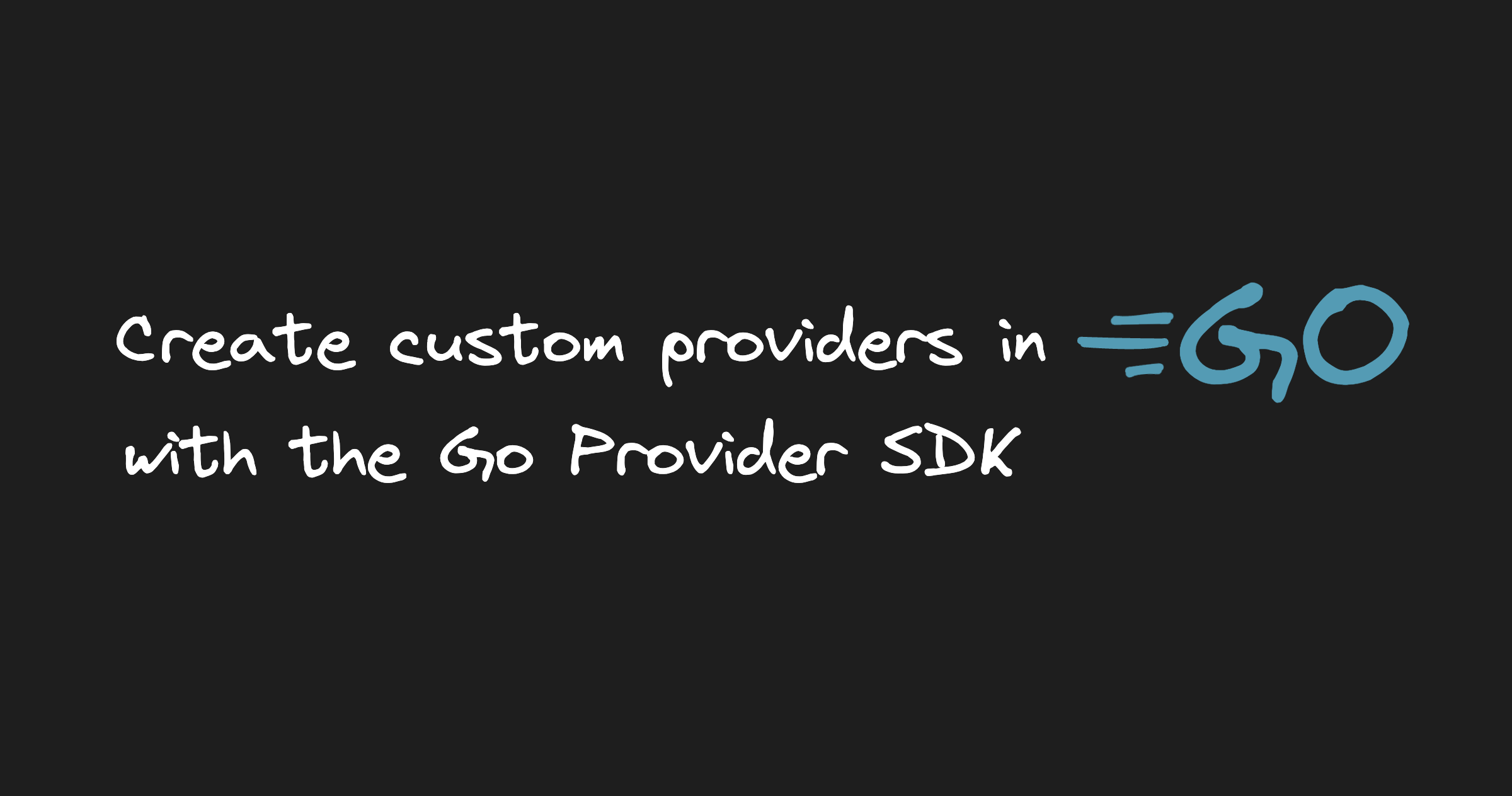
Taking a Wasm component from idea to server to browser to plugin
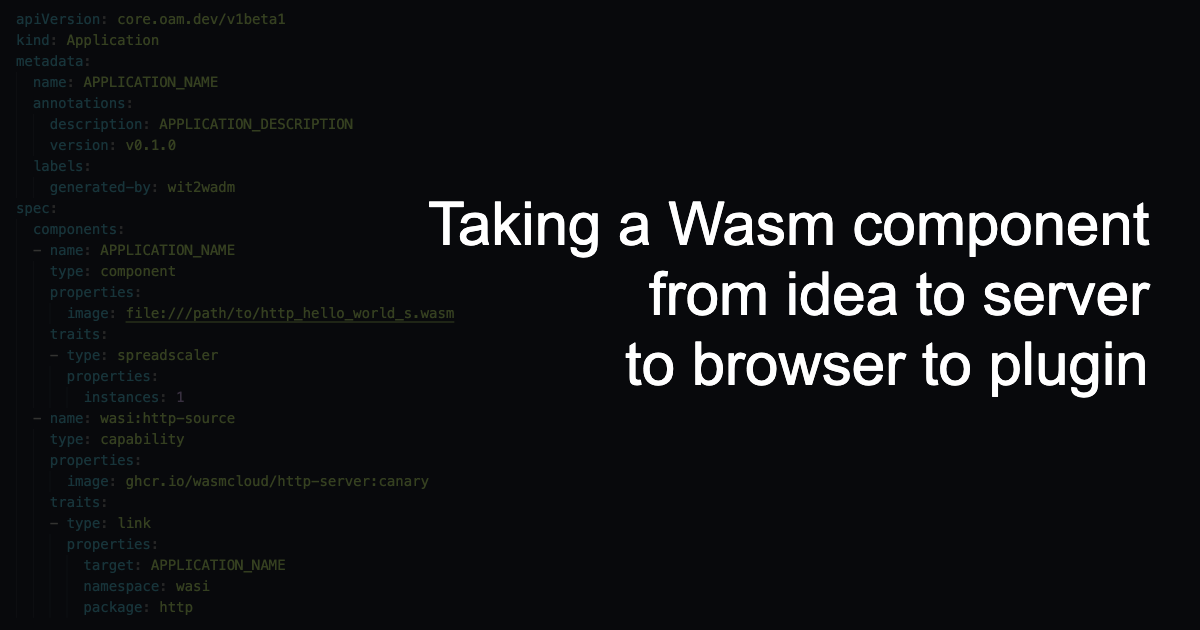
Cross-posted from the wasmCloud blog.
We built wasmCloud 1.0 on a conviction that with the right tools and the right standards, WebAssembly components could help developers reuse code—regardless of the language it was written in—and build applications much more efficiently, then deploy and distribute those applications anywhere. But I have to admit that on the developer side, I've been surprised by just how much components and well-known interfaces can speed up development.


